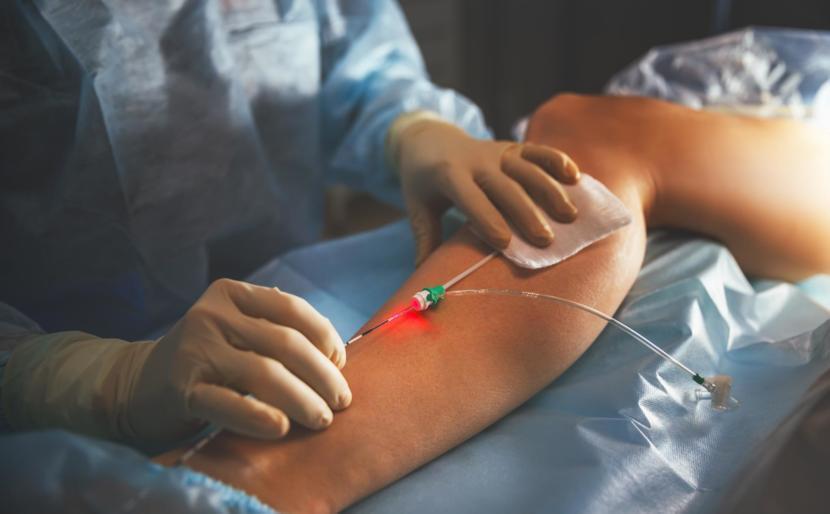Sclerotherapy in Vein Treatment

The Princeton Vascular Center is the first of its kind to have established a multi-specialty approach to spider and varicose vein disease. In bringing together board-certified experts in both vascular surgery and cardiovascular specialties, we have developed a unique model for vein treatment. This collaboration establishes... more
Why is sclerotherapy performed?
Sclerotherapy and laser treatments for spider veins are the foundations of phlebology care. Many patients want to treat telangiectasias (spider veins on the legs), reticular veins and varicose veins. While most patients are worried about the physical appearance of their spider veins, a comprehensive assessment will demonstrate only a fraction having purely cosmetic veins. These individuals often have underlying venous insufficiency that will require treatment prior to sclerotherapy for telangiectasias.
Who should be performing sclerotherapy?
Sclerotherapy is routinely performed, but should be reserved for a board-certified vein doctor near me. However, this can vary state to state. In many states, registered nurses are allowed to perform sclerotherapy, as well as physician assistants and nurse practitioners, with proper training. It is expected that physicians should be skilled at sclerotherapy and understand the benefits and risks of the treatment.
Without hands-on training, it is difficult to become skilled at practicing sclerotherapy. While one can learn the theory, benefits and risks of sclerotherapy through literature, the skills needed to perform the procedure are learned only through direct experience.
What is used for sclerotherapy?
The liquid agents that are commonly used include, hypertonic saline, sodium tetradecylsulfate, glycerin, and polidocanol. Regardless of what agent is used, one should be thoroughly familiar with the appropriate concentrations and volumes of liquid for safe and effective results. There is a direct relation with the pressure used to inject, the volume of sclerosant and the concentration used to obtain successful results. The liquid can be converted to foam sclerosant for increased potency using the Tessari method. This involves taking a small concentration of the liquid sclerosant and mixing it with air in a 3:1 to 4:1 ratio. Given the increased potency of foam, a smaller volume and concentration is needed for effect.
Where to have sclerotherapy?
Spider vein removal in NJ must be performed by board-certified and competent health professionals. The sclerotherapy procedure is office-based, but can be performed in procedure centers or hospitals depending on the physician preference.
Article Source: http://njveins.over-blog.com/2019/11/sclerotherapy-in-phlebology-practice.html








